The cozy fleece throws are from Pendleton.
This photo shows the new pansies, petunias, broccoli, and cabbage that I recently planted. In November I will add tulip and Allium bulbs and in the Spring it will be gorgeous.
Our Breeo Smokeless Firepit is going on two years of use. It is developing a nice patina on the outside because we chose the X Series in Size 24 with a Corten Steel finish. We wanted it to look a little rustic and aged. We also bought the lid for the firepit that keeps it from rusting on the inside. The absolute best part of the firepit is that it's made right here in the U.S. of American Steel. Other similiar firepits like the Solo Stove come from China. We are very picky when it comes to where products are made.































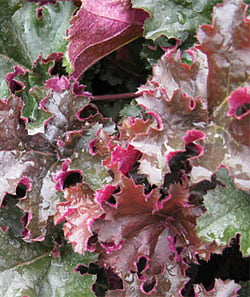 Chocolate Ruffles Heuchera
Chocolate Ruffles Heuchera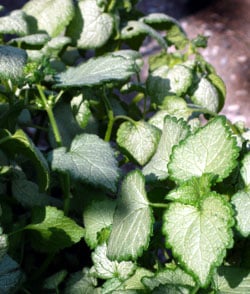 Lamium
Lamium Tiarella
Tiarella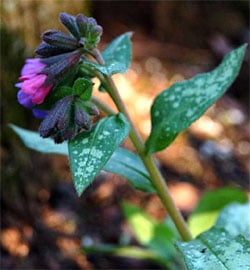 Pulmonaria
Pulmonaria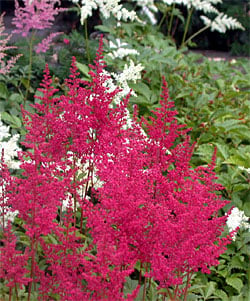
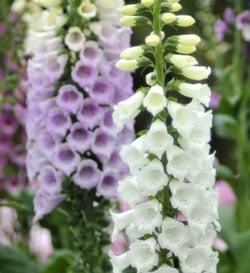 Foxglove
Foxglove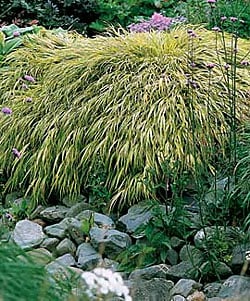 Japanese Forest Grass
Japanese Forest Grass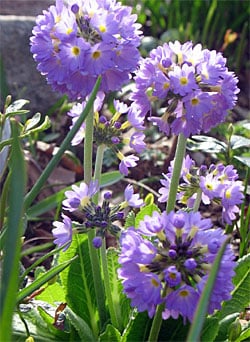 Primula
Primula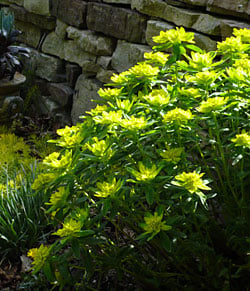 Euphorbia Polychroma
Euphorbia Polychroma














